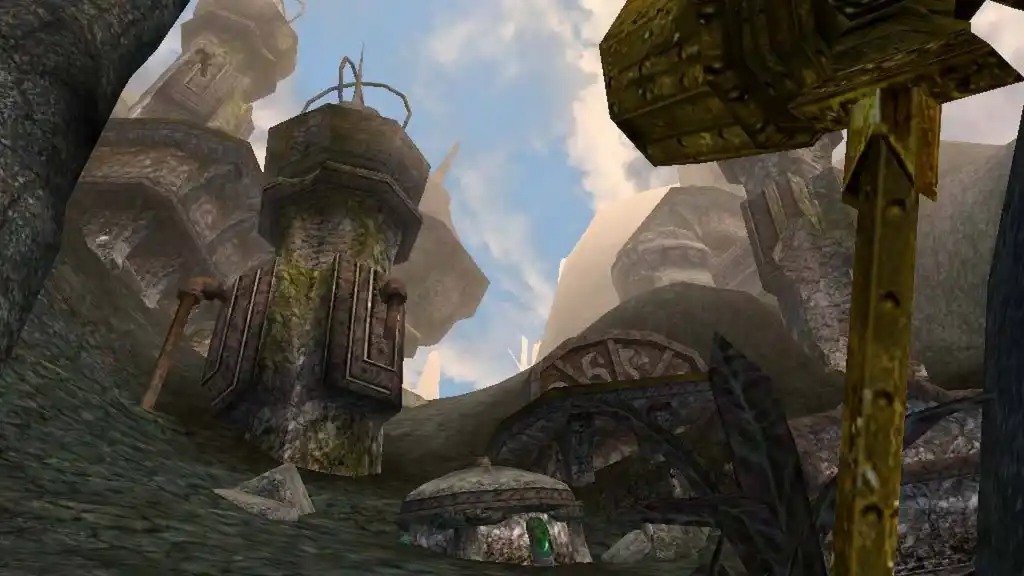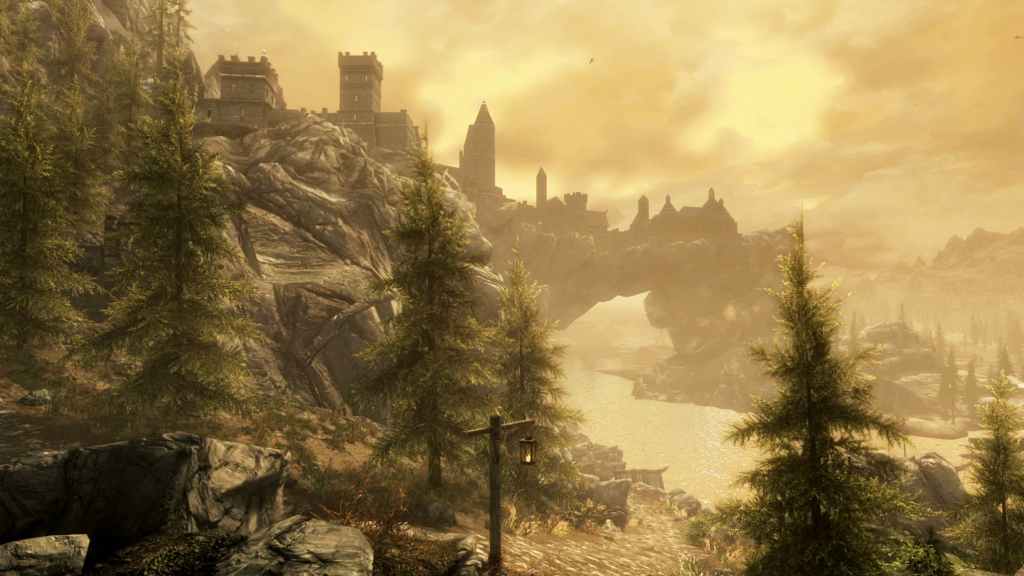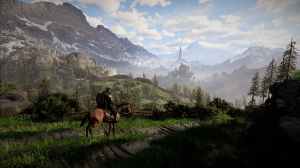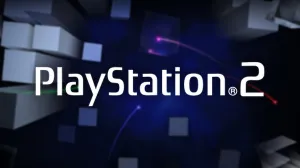There’s a certain satisfaction in exploring a digital world without a guide. The feeling after stepping off the beaten path, discovering a hidden cave, or stumbling across a secret shrine. Open-world games have always been about freedom, curiosity, and the thrill of the unknown. Yet, as games have evolved, so has how they guide players through their landscapes. Today, many open-world titles feel less like vast playgrounds waiting to be discovered and more like interactive tutorials, nudging you from point A to point B with precise markers.
Videos by ComicBook.com
Back in the early 2000s, the experience was very different. Games demanded attention, patience, and meaningful exploration. Success relied more often than not on your ability to read maps, remember landmarks, and solve puzzles without constant hand-holding. No series taught me this quite like The Legend of Zelda, but there are many other games that share this design philosophy. But now? Games are far too quick to point players where to go and tell them what to do.
From Open-World Landmarks to Breadcrumbs

I remember my first playthrough of Morrowind on the original Xbox. That game didn’t just ask you to explore; it forced you to learn the world. The province of Vvardenfell was sprawling and full of surprises, and yet no quest markers were glowing in the distance or arrows pointing the way. You had to read the topography, memorize village layouts, remember what NPCs told you, and use the limited map to orient yourself. Every misstep felt consequential, every shortcut discovered was a small triumph.
Contrast that with many modern open-world games. Ubisoft titles, for example, flood players with map icons, quest markers, and collectibles that practically scream where to go next. While this can feel efficient, it removes much of the joy of organic exploration. There’s no need to pay attention to the contours of the terrain, notice a distant landmark, or remember the path you took. The game practically drags you along. The challenge and reward of navigating on your own have largely been replaced by UI breadcrumbs, compasses, and glowing trails.
Games like Hell Is Us are rare exceptions today, bringing back that sense of adventure by forcing players to use visual cues, terrain features, and intuition to reach objectives. The act of exploring becomes its own gameplay loop, where knowledge of the world is just as important as combat or questing. That deliberate design, which once frustrated some players, is now appreciated as a way to immerse gamers fully in the world.
A Lost Skill, Rediscovered By Hell is Us

There’s something deeply satisfying about mastering an environment without constant guidance. I remember wandering through Skyrim’s early areas without fast travel, navigating using mountains and rivers as references. The first time I discovered Bleak Falls Barrow was by following the story’s narrative rather than placing a marker on the map. It felt like a real accomplishment. That skill, the ability to orient oneself in a complex world, is largely lost in modern open-world titles. Players have become accustomed to being led by arrows and waypoints rather than internalizing the world.
The trade-off is understandable. Modern developers want games to be accessible, reduce frustration, and ensure players always know what to do next. Breadcrumb systems, quest markers, and detailed mini-maps are helpful, especially in worlds that are massive, filled with side quests, and heavy with collectibles. But in doing so, they strip away an element of skill that once defined the genre. Exploration loses its magic and is replaced by something that feels empty.
Reviving this aspect isn’t just nostalgia. Games that challenge players to pay attention, memorize terrain, and spot landmarks can feel more immersive and rewarding. Every journey becomes a puzzle, every path a discovery in itself. Titles that encourage manual navigation, like Hell is Us, where map-reading and observation matter, transform open-world gaming into something more meaningful than a series of waypoint objectives.
The Future of Exploration in Open Worlds

So, what does this mean for the future of open-world games? Developers can take a page from both eras. There’s value in accessibility and guidance, but there’s also value in letting players earn their way through the environment through self-discovery. Striking that balance can make worlds feel both vast and alive, retaining the thrill of discovery while keeping gameplay approachable. The Legend of Zelda: Breath of the Wild is a great way to showcase this.
Personally, I hope more developers follow in the footsteps of games like Breath of the Wild and Hell Is Us, which respect the player’s intelligence and curiosity. Open-world design doesn’t need to rely on visual hand-holding to succeed. By emphasizing environmental storytelling, natural landmarks, and thoughtful level design, games can encourage players to engage with the world in ways that feel authentic and rewarding.
Even franchises like Assassin’s Creed could benefit from this approach. Rather than overloading maps with dozens of icons and objectives, selective use of landmarks and intuitive design could make exploration feel like a skill once again, rather than a chore guided entirely by UI prompts. The magic of open worlds is in making the player feel like a true adventurer, not just a checklist completer. Ultimately, modern open-world games have traded navigation skill for convenience, but that doesn’t mean the old ways are gone forever.
What do you think? Leave a comment below and join the conversation now in the ComicBook Forum!









